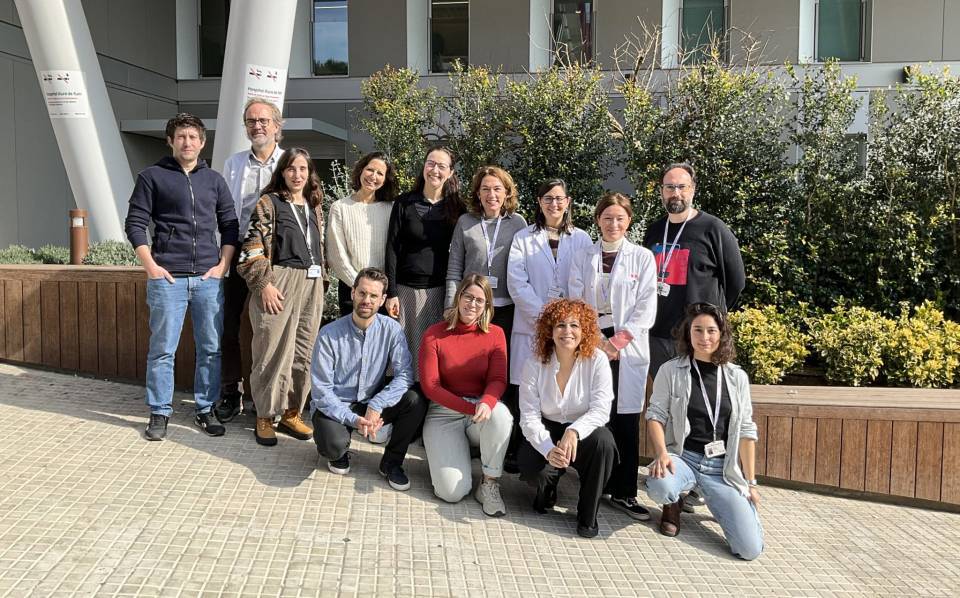The paper highlights the importance of focusing on this combination; since the early identification of this disorder could radically change the way hepatitis B virus infection is approached, offering opportunities for more precise and personalized therapeutic interventions.
The study, published in the Journal of Hepatology Reports, was coordinated by Dr. Virginia Hernández Gea, researcher in the field of portal hypertension and vascular liver disease in the Hepatic Haemodynamics Unit at the Hospital Clínic Barcelona, and who belongs to the Regulation of the hepatic microcirculation in cirrhosis and vascular liver diseases group at IDIBAPS and CIBERedh, led by Dr. Juan Carlos García-Pagán.
PSVD is a group of liver diseases characterized by damage to intrahepatic vessels, specifically the portal vein and the hepatic sinusoids, in the absence of cirrhosis. It behaves similarly to non-cirrhotic portal hypertension, which has meant that this disease has long gone unnoticed, contributing to the lack of effective therapeutic options for patients.
The study, which involved 155 patients with PSVD, analysed the presence of HBV in order to gain a better understanding of the relationship between the two diseases. The results showed that the prevalence of HBV in patients with PSVD was significantly higher than in the general population. Patients with HBV also experienced a considerable delay in the diagnosis of PSVD and presented with a more advanced disease at diagnosis.
The findings suggest that the coexistence of PSVD and HBV may have important clinical implications, given that one of the findings was that patients with HBV had a significantly higher liver transplant rate in comparison with those without HBV, underlining the severity of the situation.

“Recognizing this coexistence is crucial for early diagnosis and optimal management of patients with PSVD. The results highlight the importance of a greater awareness of this connection and the need for specialized care to improve clinical outcomes”, explains Virginia Hernández Gea.
These findings could have a significant impact on the way in which patients with PSVD are diagnosed and managed in the future, and set out the need for additional research to gain a greater understanding of the relationship between PSVD and other chronic liver diseases. This new research requires a multidisciplinary approach. “Experts in hepatology, gastroenterology, pathology and other medical disciplines can contribute to advancing in the understanding of this disease and to improving the quality of life of patients”, say the authors of the study.
With millions of people affected worldwide, the identification of this coexistence between PSVD and chronic hepatitis B offers hope for better clinical outcomes and more effective patient care.
Study reference:
Olivas P, Perez-Campuzano V, Orts L, Montironi C, Magaz M, Ruiz P, Shalaby S, Ojeda A, Rosich P, Baiges A, Turon F, Lens S, García Pagán JC, Hernández-Gea V. Porto-sinusoidal vascular disorder in chronic HBV: A significant coexistence not to be overlooked. JHEP Rep. 2023 Dec 27;6(3):100996. doi: 10.1016/j.jhepr.2023.100996.




